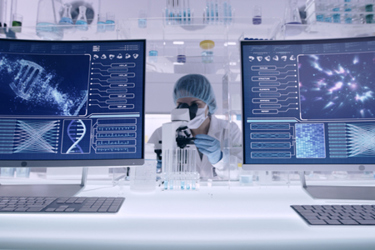Analytical Comparability Of Five Alternative AAV9 Downstream Processes

Adeno-associated virus (AAV) vectors have proven effective in treating various monogenic disorders. However, the presence of non-functional capsids can lead to increased immune responses at high dosing levels and introduce non-target DNA sequences, which may result in undesirable side effects. Recent advancements in analytical methods have enhanced our ability to characterize process and product-related impurities in AAV products, enabling us to investigate how various upstream and downstream process steps affect product quality.
Ultracentrifugation (UC) has long been regarded as the gold standard for separating full capsids from empty and partially filled ones. In this study, we employed a range of analytical methods to compare AAV9 drug substances produced using a one-column capture step followed by UC—resulting in highly enriched full-functional capsids—against four different two-column methods for vector capture and full-capsid enrichment.
The objective was to conduct a comprehensive comparability analysis of these five downstream processes, including the UC-based method and four two-column processes. Uncover the findings of this study by downloading the poster below.
Get unlimited access to:
Enter your credentials below to log in. Not yet a member of Cell & Gene? Subscribe today.
